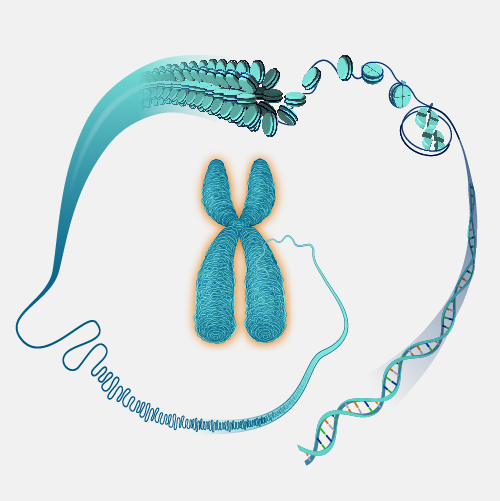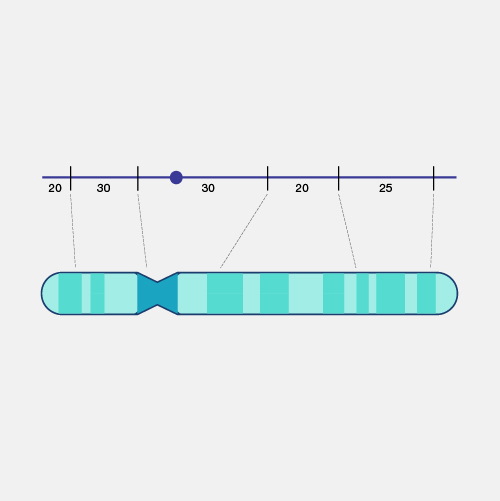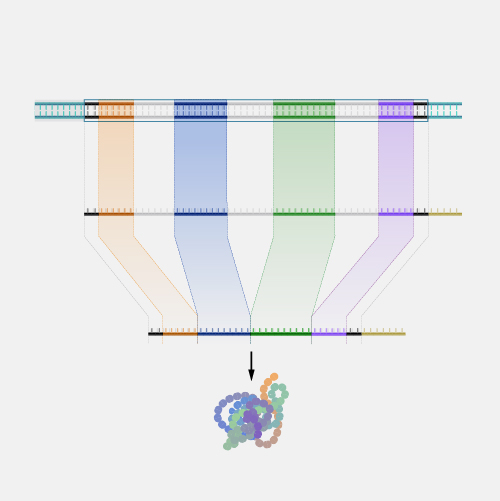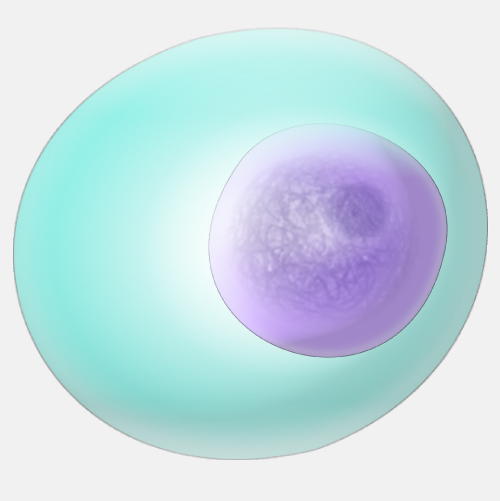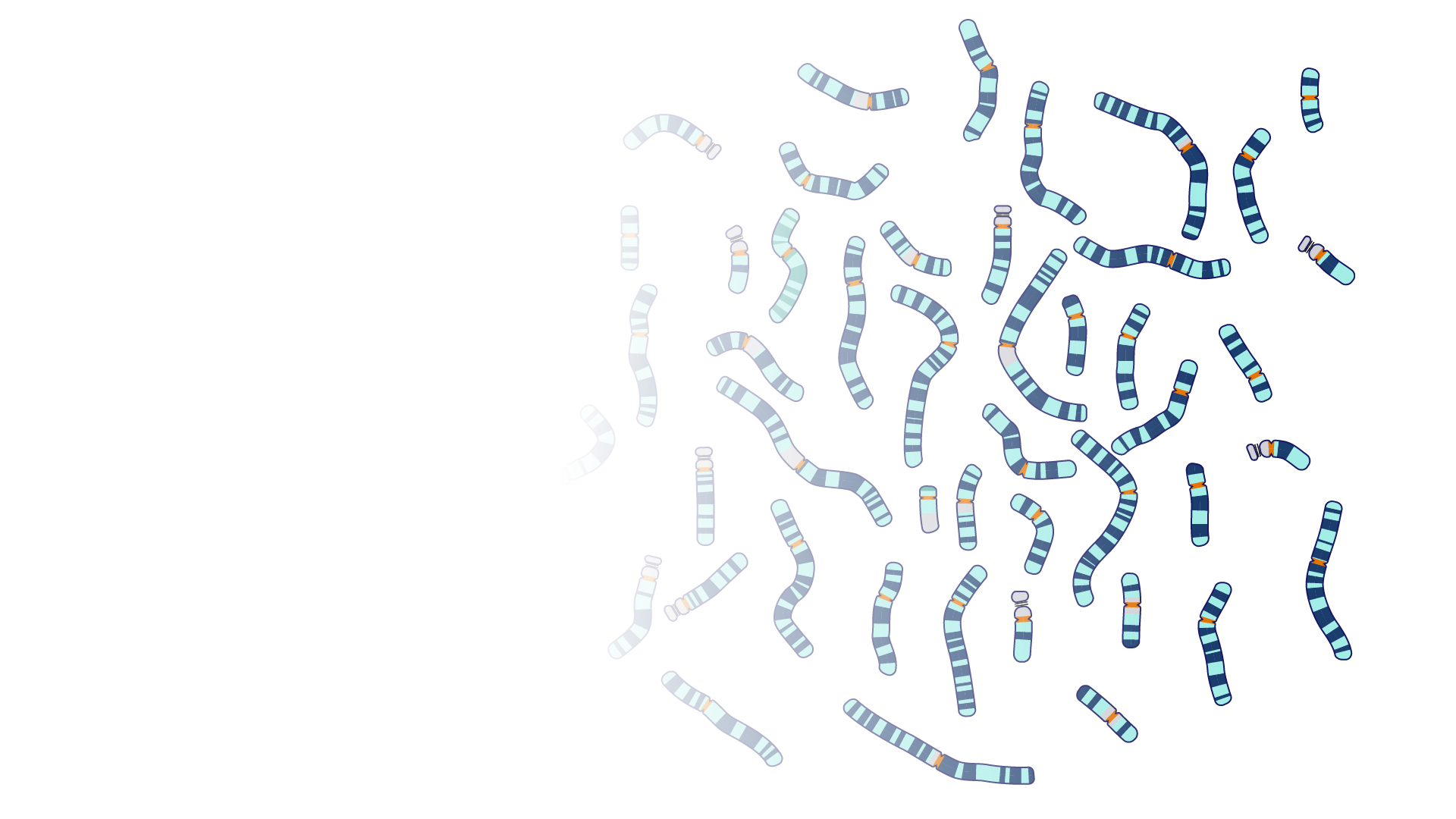
Gene Mapping
Definition
Gene mapping refers to the process of determining the location of genes on chromosomes. Today, the most efficient approach for gene mapping involves sequencing a genome and then using computer programs to analyze the sequence to identify the location of genes.
Narration
Scientists are often most interested in the parts of a genome that directly encode proteins, in other words the protein-coding genes. So oftentimes, there is a priority to identify the location of all those genes in a genome. The process of determining the location of genes in a genome is called gene mapping. As with all forms of genome mapping, the old days involved approaches like sophisticated genetic studies or very tedious processes of cloning bits and pieces of a genome, studying them in the laboratory, and figuring out how things were organized relative to one another, including the relative locations of genes. But nowadays, such a mapping process usually involves sequencing a genome and analyzing the resulting sequence using computational tools that allow you to identify landmarks of interest, such as genes. So nowadays, most gene-mapping efforts first involved sequencing a genome.

